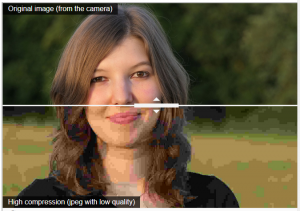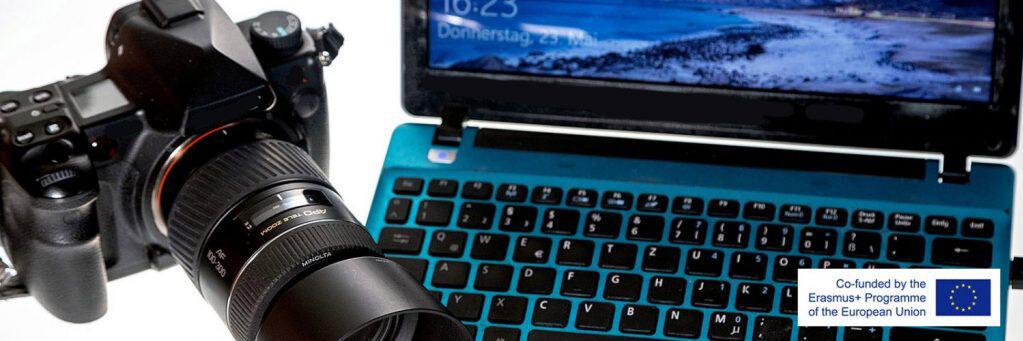 The abbreviation JPG (or JPeG) stands for “Joint Photographic Experts Groups” and has been developed in the beginning of digital photography. The image is compressed by using a specific formula (algorithm) to get a smaller file size.
The abbreviation JPG (or JPeG) stands for “Joint Photographic Experts Groups” and has been developed in the beginning of digital photography. The image is compressed by using a specific formula (algorithm) to get a smaller file size.
The JPG format is a typical lossy image format, this means that some information of the image gets lost during the compression. This is done by using not so important information of the image (some details, or less colors). The conversion is destructive, meaning that a recovery of the original image is not possible after the jpeg-compression.
Example for compression
In this example you have the same image with low compression and a high compression that irreversible destroys the image by reducing the granularity of the colors and by creating artefacts. The latter are elements in the image that do not really exist but appear as an effect of the compression.
Source: CICERO training course, author Peter Mazohl (EBI/EIE). This resource is licenced under a CC BY-NC-SA 4.0 License.
